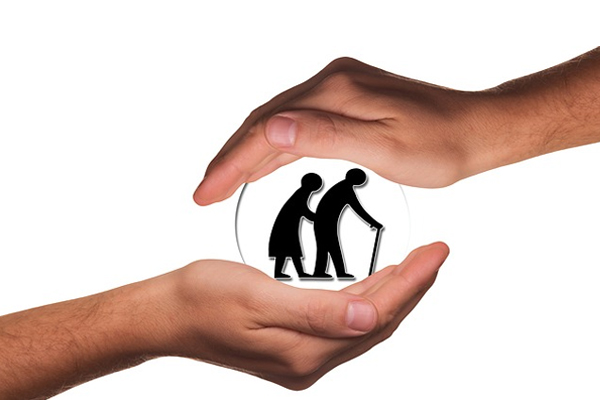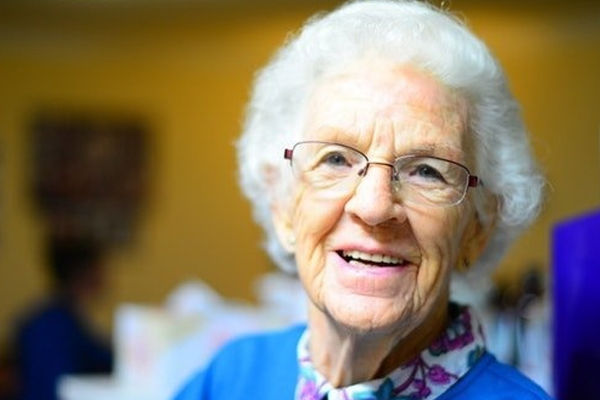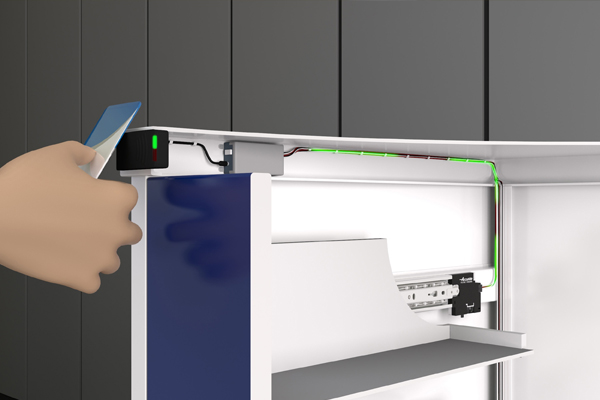Care Home or Care at Home?

This question can be a tough reality for millions of families around the world when elderly or vulnerable relatives reach the stage where they need extra care. Making a decision can be a long and difficult process as families weigh up the pros and cons for a number of options and try to make sure that their relatives are receiving the best care possible.
Families put off moving their loved ones to a care home, but eventually, it can feel inevitable. A recent survey of British adults found that, on average, they estimate that residential care will cost £549 a week. In reality, the figure is £866 for a place in a standard nursing home.
Often, the huge cost of nursing homes is a deciding factor when choosing where a relative receives care. However, the social and emotional impact of living away from home and keeping loved ones together is also of the utmost of importance when deciding, along with the concerns with the quality of care. Staying in their own home and keeping their independence is becoming a more attractive option for the elderly.
With technology moving forward so quickly and the arrival of smart technology, the possibilities are endless when it comes to integrating it with your home. One of the biggest concerns for families with relatives who receive care at home is ensuring that they can maintain their independence while being subtly monitored to reduce age-related risks.
Creating Smart Care at Home
At Accuride, we can imagine a world where interconnected devices throughout the home aid the care of the individual. We see a future where sensors, appliances and devices can talk to each other to provide the same level of care from a qualified professional with full discretion and independence.

By relaying certain information to family members, they can have peace of mind that their loved one is being looked after properly and continue to live their life without the hassle. By utilising the technology available families can gain a better understanding of the care that their loved ones need and receive.
A simple process could be a device recognising that the person in need has woken up, which then would prompt the blinds to open and turn the television on, it could even boil the kettle. While this would be fantastic for anyone, it would also let a concerned family member know that the one in care has woken up and could inform them of the duration and quality of sleep.
For family members who require tablets or prescriptions, making sure they take them on time can be tricky. The safe storage of medication is also a consideration when elderly relatives are living with the family and young children are present. Having medication kept out of sight can cause elderly relatives to forget to take it. Sometimes, the best approach can be a gentle reminder that tablets need to be taken if they haven’t already.
Preparing drawer slides for the future
With Accuride’s Electronic Access Control Locking Systems, the storage and control of medical products could not be any easier or safer. Family members can discreetly check which compartments are being opened and if a draw hasn’t been opened after a certain amount of time, a notification can be sent to any family member. This discreet and gentle system allows elderly or vulnerable people to have as much independence as possible while giving peace of mind to the family.

At Accuride, we love to break down boundaries and develop drawer slides that will inspire future generations. Our Electronic Access Control Locking Systems are ready for future applications with retina scanning and fingerprint technology, making sure that they are as secure and adaptable as possible.
The possibilities are endless with smart technology and the Internet of Things, so when will we see more families choosing care at home over a care home?
